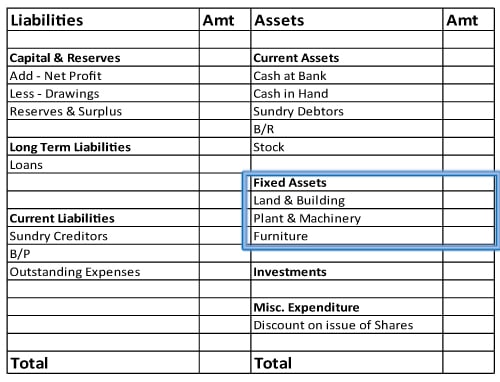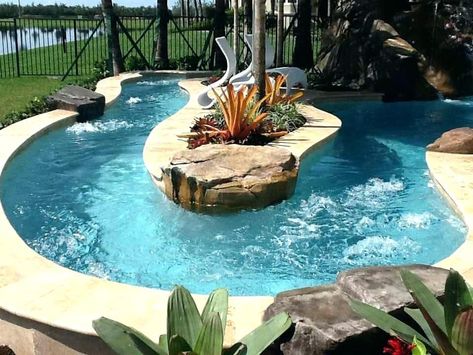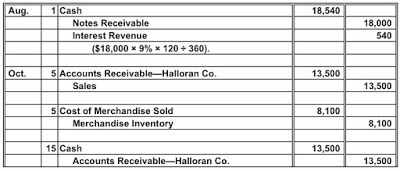How to Calculate Straight Line Depreciation Formula
Content

With straight-line depreciation, you can reduce the value of a tangible asset. This method was created to reflect the consumption pattern of the underlying asset. It is https://online-accounting.net/ used when there’s no pattern to how you use the asset over time. The units of production method is based on an asset’s usage, activity, or units of goods produced.
- The multiple choices you will have to make while starting your own creative business will make things confusing, but if you are well aware of the features of all alternatives, you are good to go.
- However, it costs another $100 to ship the copier to the office.
- In order to write off the cost of expensive purchases and calculate your taxes accurately, knowing how to determine the depreciation of your company’s fixed asset is critical.
- Calculating depreciation is an essential part of business accounting and staying on top of taxes.
- You can quickly get away with all the complex calculations involved in calculating depreciation using the other depreciation methods.
- The machine is estimated to have a useful life of 10 years and an estimated salvage value of $2,000.
ABX Ltd. has purchased 2 assets costing $ 500,000 and $ 700,000. The salvage value of asset 1 is $ 5,000 and of asset 2 is $ 10,000. Calculate the depreciation and also determine the profit or loss on sale of asset?
Straight-line method of depreciation
See how to find straight-line depreciation expense and rate using a straight-line depreciation example. The number of depreciation changes every year as the book value of the asset changes as a result. People use this method to calculate depreciation for several tools and equipment that tend to wear out with use. After the financial statements are distributed, it is reasonable to learn that some actual amounts are different from the estimated amounts that were included in the financial statements. This lease qualifies as a finance lease because it is written in the agreement that ownership of the equipment automatically transfers to Reed, Inc. when the lease terminates. To evaluate the lease classification, we used the capital vs. operating lease criteria test. Below we will describe each method and provide the formula used to calculate the periodic depreciation expense.

All of these methods are GAAP-compliant except for MACRS, which is required by the IRS for U.S. tax purposes. Depreciation is important because, by matching expenses with revenue, a company’s overall profitability is determined more accurately. The straight-line method of depreciation, specifically, results in even, stable depreciation charges, so it makes budgeting and financial forecasting easier. Additionally, the consistent charges assist operating profitability and cash flow analysis, since they are easily identified and removed. This formula is useful if you want to maximize the tax deduction for depreciation expense on your company’s income tax returns.
What are realistic assumptions in the straight-line method of depreciation?
Applied to this example, annual depreciation would be $17,000, or ($100,000 – $15,000) / 5. What are the pros and cons of straight line depreciation versus accelerated depreciation methods? Here’s how you can decide if Straight Line Depreciation Method straight line depreciation is right for your business. The straight-line depreciation method is the easiest way of calculating depreciation and is used by accountants to compute the depreciation of long-term assets.
- One convention that companies embrace is referred to asdepreciation and amortization.
- Depreciation is an accounting process that spreads the cost of a fixed asset, such as property and equipment, over the period of time it will likely be used.
- According to straight-line depreciation, your MacBook will depreciate $300 every year.
Straight line basis is calculated by dividing the difference between an asset’s cost and its expected salvage value by the number of years it is expected to be used. Each of the three data points used to calculate straight-line depreciation — asset cost, salvage value and useful life — comes with its own set of considerations.
Straight-Line Depreciation Explained
This method lets you book a large portion of an asset’s depreciation in the early years of its life, then depreciate it to its salvage value. In the declining balance formula without a switch to straight line, the salvage value is disregarded. Depreciation is how you record the decrease in value of a tangible asset over its useful life. A tangible asset refers to physical property that holds economic value, which can be used to benefit your business. There are multiple options for depreciation methods, including straight-line and accelerated methods.

